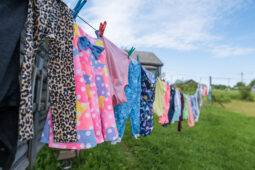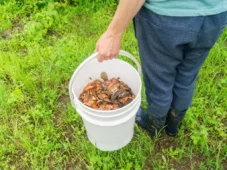3 Fruit Trees You Shouldn’t Grow In Your Yard, And 3 To Try Instead
Planting fruit trees is a very rewarding endeavor, once all your hard work pays off and you’re given the gift of fresh fruit. But not every fruit tree is worth the time, effort, or space. Some bring more hassle than harvest, especially if you’re not in the right climate or don’t want constant upkeep. The good news is that there are easier, more reliable trees to grow that still give you a satisfying yield. Here’s a realistic look at three fruit trees you’ll want to reconsider and three better alternatives to try.
1. Rethink: Sweet Cherries
Sweet cherry trees are high-maintenance and attract pests like birds and beetles in swarms. They also struggle in humid or rainy areas, often falling victim to diseases like brown rot and leaf spot. Yields can be unpredictable, and you’ll likely need two trees for pollination. Unless you’re ready to commit to netting, spraying, and pruning, these trees may end up more frustrating than fruitful.
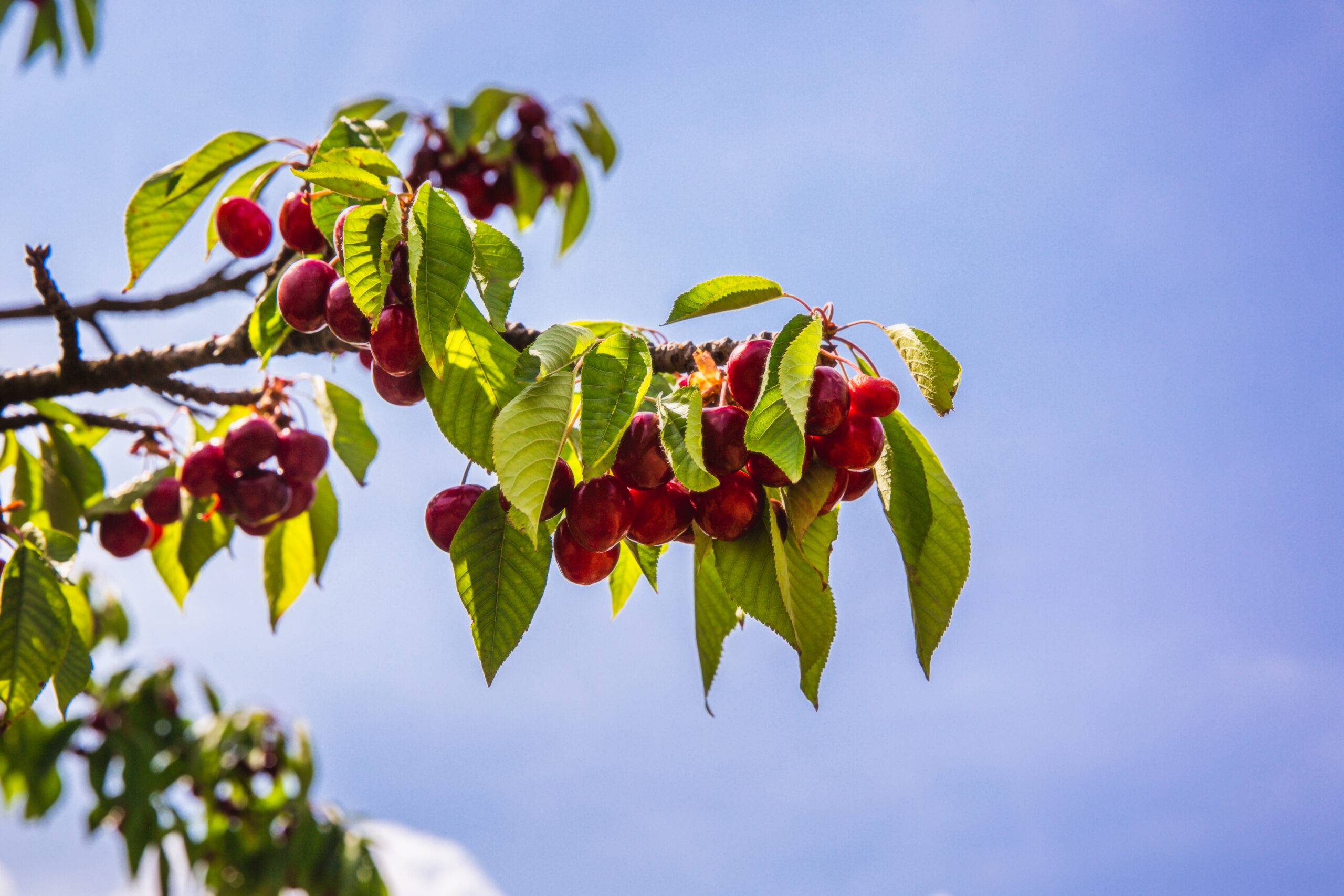
2. Try Instead: Fig Trees
Fig trees are much simpler to manage. They handle heat well, rarely suffer from disease, and don’t need a second tree for pollination. If you’re in a warmer zone, figs are a solid choice that ask for little but give a lot. The fruit is versatile, fresh or dried, and the trees themselves have an attractive, low-key look that works well in smaller spaces.
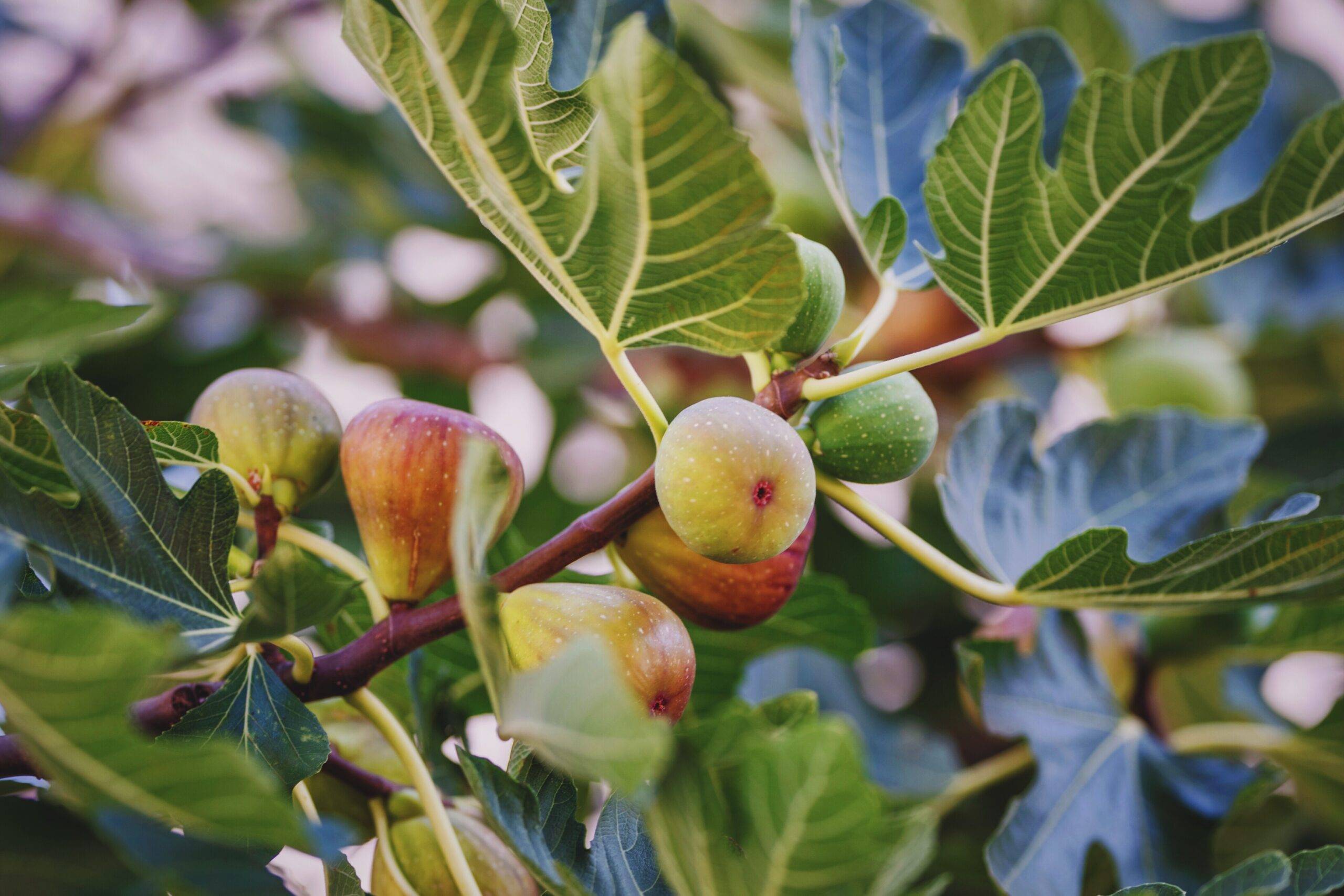
3. Rethink: Peaches
Peach trees are tempting as peaches are such a classic summer fruit, but they come with a long list of issues. They’re sensitive to frost, need regular pruning, and are prone to fungal diseases like peach leaf curl. Most varieties also have short lifespans, meaning you might only get a few good years of fruit before problems begin. If you’re not prepared for careful timing and routine care, these trees can quickly become a disappointment.
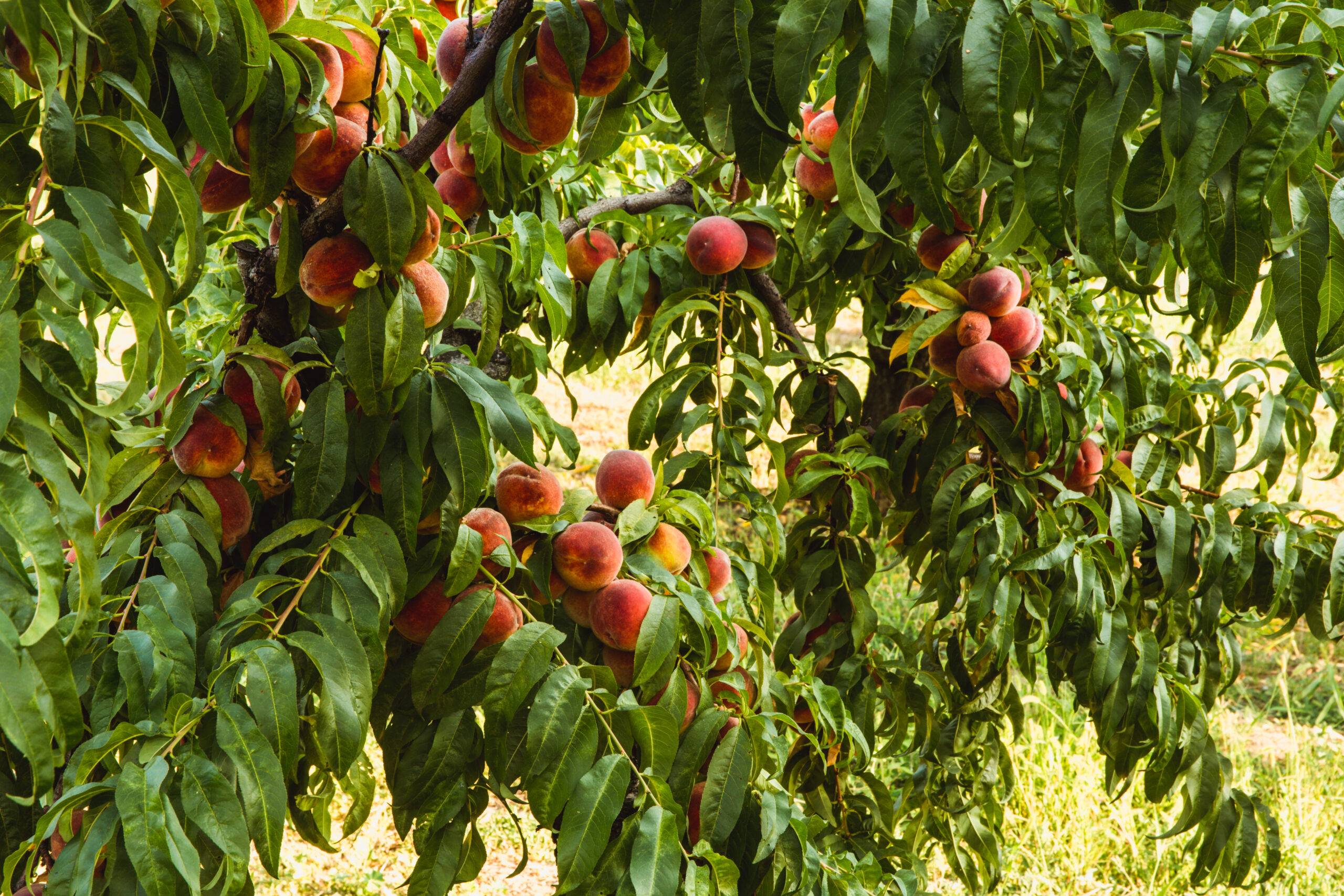
4. Try Instead: Asian Persimmons
Asian persimmon trees are low-fuss and beautifully productive once established. They’re more tolerant of heat and cold than many fruit trees, and pests usually leave them alone. The fruit is sweet, flavorful, and ripens late in the season when most trees are done producing. They also have a tidy growth habit, which means less pruning and less mess underfoot.
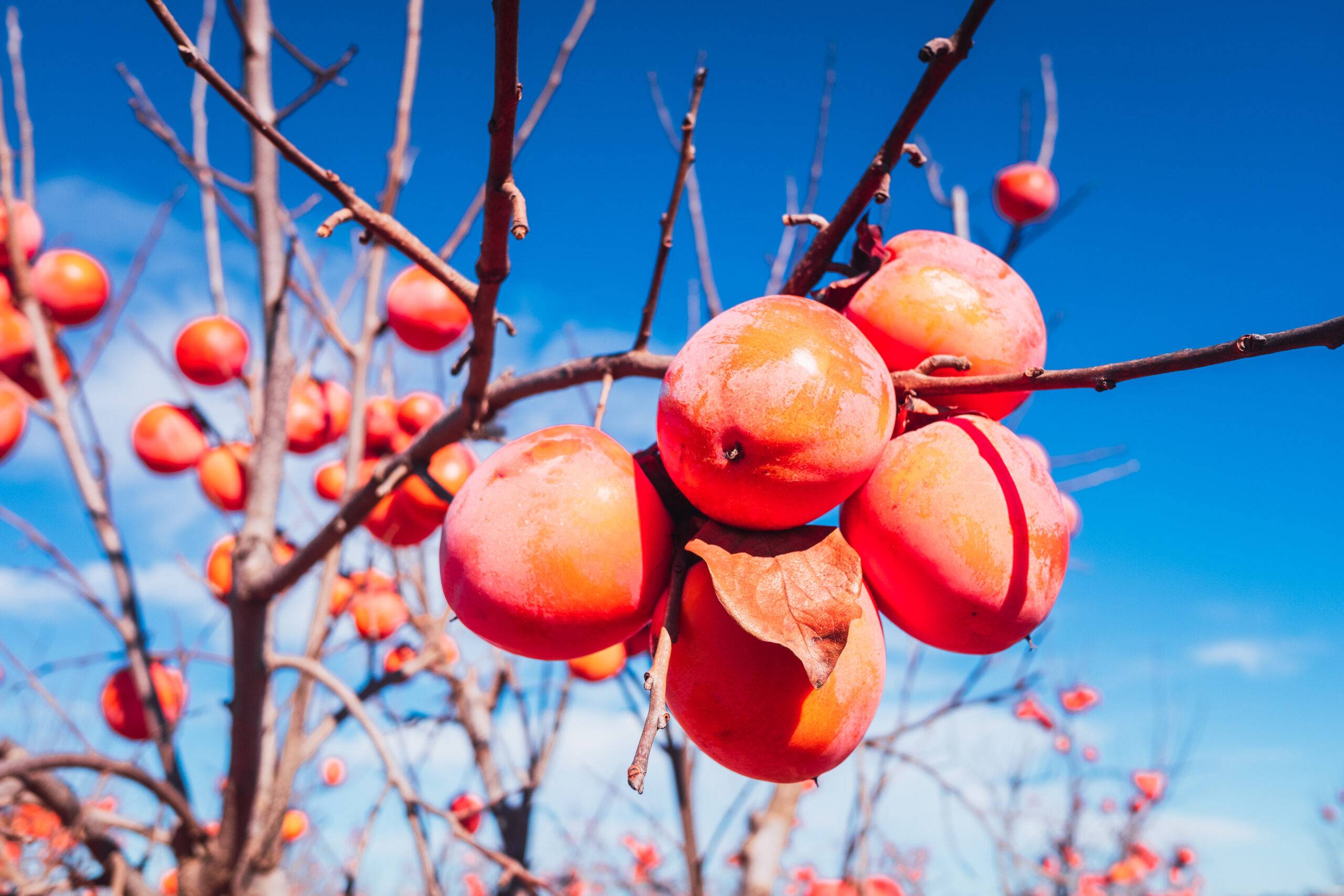
5. Rethink: Apples (Certain Varieties)
Apples are a classic choice, but many popular varieties require heavy spraying, regular thinning, and careful pruning. They’re highly susceptible to pests like codling moths and diseases such as apple scab or fire blight. If you’re growing apples just for fun or fresh eating, the work involved in keeping a tree healthy and productive may outweigh the reward.
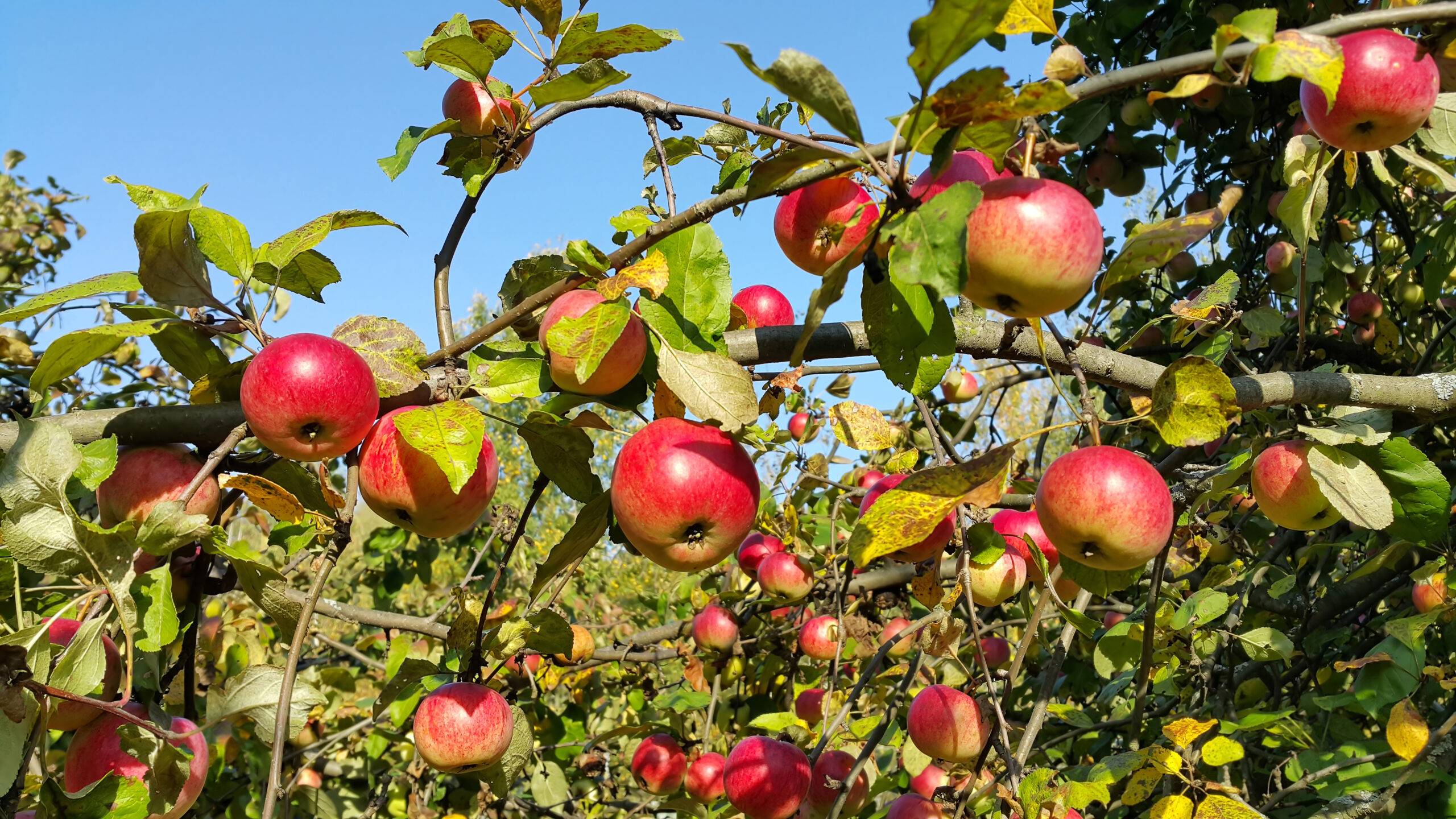
6. Try Instead: Serviceberries
Serviceberries are a hardy, often overlooked fruit tree alternative. They’re native to many areas, easy to grow, and attract fewer pests than apples. The fruit looks like a blueberry and has a mild, sweet flavor. These trees also flower beautifully in spring and have colorful fall foliage. Their multi-season interest and low upkeep make them a smart choice for those who want beauty and function in one tree.

Related Articles
- 5 Trees You Should Never Plant Near Your Home
- Why ‘Soil Blocking’ Is a Better Way to Grow Your Seeds
- How to Safely Trim Overgrown Tree Branches Near Your Home
Choosing the right fruit trees is about working with what your space and climate can support, not just what looks appealing at the garden center or which fruit you want to eat most. Trees that are easier to care for and more reliable in your area are more likely to succeed and reward your efforts. If you’re rethinking your yard or orchard, reconsider the usual suspects and trying something better suited to real-life growing conditions.








